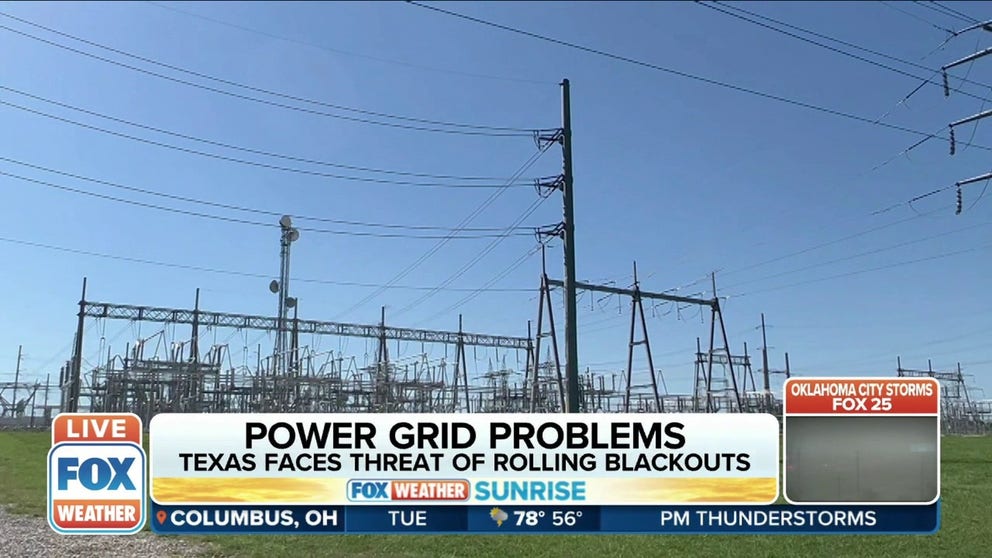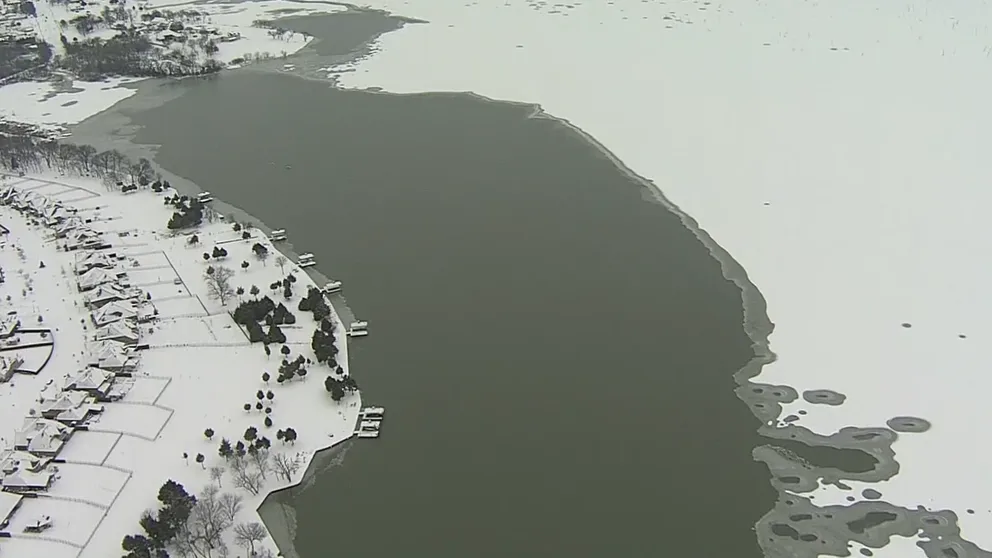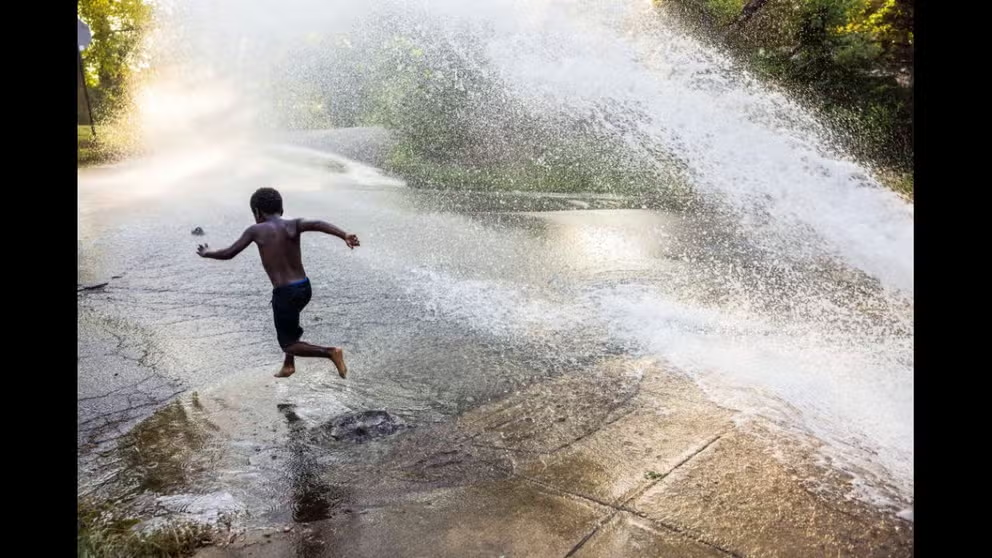Texans worry power grid can’t withstand extreme heat after previous catastrophic failures
Many areas of Texas will stay above 100 degrees throughout the week, butting the power grid to the test
Texas faces threat of rolling blackouts amid excessive heat
Texas is facing the threat of rolling blackouts amid excessive heat this week. Fox Business Chief Correspondent Connell McShane reports.
AUSTIN, Texas - Over the past several weeks, Texas has faced extreme heat, with temperatures soaring above 100 degrees for days on end, and that has Texans worried that the power grid won't be able to keep up with the demand.
Their concerns come after more than 200 people died in 2021 when the coldest temperatures in decades descended upon the Lone Star state during what is now known as the Great Texas Freeze.
In the early morning hours of Feb. 15, 2021, the demand for power skyrocketed as residents tried to heat their frigid homes, and at the same time, power plants began to fail.
HOW TO WATCH FOX WEATHER ON TV
The Great Texas Freeze
One year ago, Texas was struck with an unforgettable winter storm.
The result was mandated blackouts to prevent a catastrophic overload of the power grid.
Those blackouts left millions of Texans in the cold and dark for days.
WHEN IS THE COLDEST TIME OF THE YEAR?
In the days that followed the Great Texas Freeze, state lawmakers vowed to prevent a situation like that from ever happening again and passed legislation that, among other things, increased the fines levied against power generation companies that fail to weatherize their facilities.

Texas will be sweltering this week with temperatures above 100 degrees for the next several days.
(FOX Weather)
Fast-forward to 2022, and the Texas power grid faces another challenge – keeping up with the high demand to cool homes and businesses as temperatures reach above 100 degrees.
FOX Business chief national correspondent Connell McShane spoke with top energy regulators in the state, that said the lights would remain on.
"I can absolutely guarantee the lights are going to stay on in Texas because of the landmark legislation the Texas legislature passed in 2021," Peter Lake of the Texas Public Utility Commission.
HOW TO TELL THE DIFFERENCE BETWEEN HEAT EXHAUSTION AND HEATSTROKE
McShane spoke with some Texans who said that even with the new legislation to prevent failures, they're still skeptical it will remain up and running during the extreme heat.
"We've seen (the power grid) go down before, you know, for heat as well as cold," one resident told McShane. "And as it's warmer now, I don't see it getting any better."
What is a blackout vs. a brownout?
The biggest difference between a brownout and a blackout is that a brownout is a partial outage whereas a blackout is a complete shutdown.
And some experts say the early-season heat could lead to brownouts and blackouts this summer.
"Am I concerned about blackouts this week? No, not really," said Beth Garza, the former ERCOT IMM chief. "What will become problematic is as we have this long slog day after day of 100-degree temperatures, that will increase the risk."
McShane said the demand for power on Tuesday might be the largest Texas has seen in a single day, putting the power grid to the test.
Power grids can be impacted during all kinds of weather, from extreme heat to severe weather and snowstorms.
WHAT'S THE DIFFERENCE BETWEEN A BROWNOUT AND A BLACKOUT?
And as the demand grows, so do the chances for brownouts and/or blackouts.
So, what's the difference?
The biggest difference between the two is a brownout is a partial power outage, while a blackout is a complete shutdown of the electrical grid.
CLICK HERE TO GET THE FOX WEATHER UPDATE PODCAST
The most common type of brownout happens due to high demand across the power grid – typically due to heating or cooling demands. A utility provider will limit the voltage output to prevent a blackout. This power reduction can be between 10 to 25%, according to NEC co-op energy, a Texas electric company.
A blackout is better known as a power outage. These are primarily unplanned but can also be tied to weather events across all seasons, from snow and ice storms downing power lines to severe weather events like tornadoes and hurricanes knocking out utility resources.


